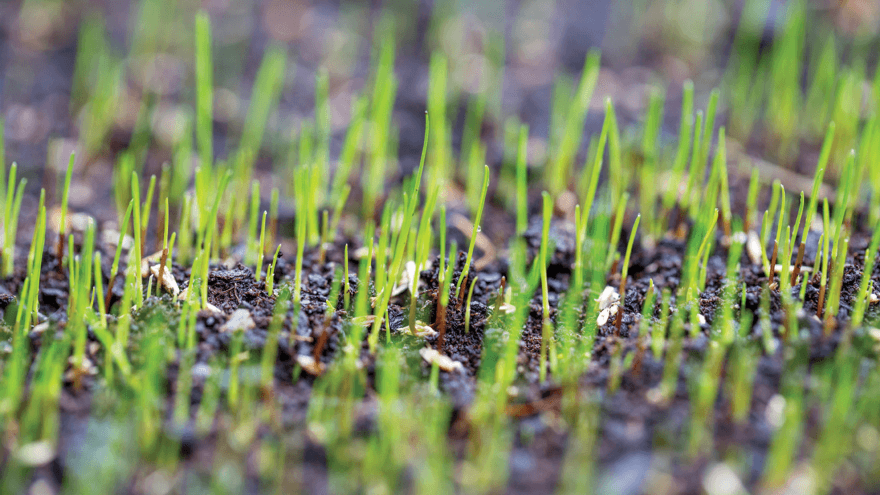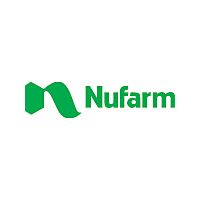
Grass grub in new pasture needs to be controlled
Protecting newly sown pasture from grass grub assumes new importance this season, following research findings reported late last year.
A study¹ led by AgResearch estimated grass grub damage costs irrigated Canterbury dairy farmers $1.8 million a year in Dry Matter (DM) yield loss, highlighting potentially significant economic gains from better pest control.
AgResearch Scientist, Dr Sue Zydenbos, presented the work at the Grasslands conference in Napier in late 2019. It modelled data and pasture measurements over three years to quantify the scale and cost of the yield gap between pastures affected by grass grub and those which were not. The yield gap was calculated at 6,800 kg of DM per hectare, modelled at an annual profit loss of $650 per hectare.
Nufarm Technical Specialist, Cynthia Christie says the important difference between this latest research and previous studies is that it reflects the significant change in land use systems over recent years. “Earlier research on the effect of grass grub was conducted on dryland sheep and beef farms. There are many differences in how and when we sow new pastures on irrigated dairy farms today, as well as changing patterns of grass grub prevalence.”
Cynthia encourages farmers to take heed of the grass grub and its implications before sowing new pasture. “If you refer to the yield gap calculated by the AgResearch team, the impact becomes clear. A lot of farmers on irrigated dairy land in Canterbury for example, would be looking to grow 20 tonnes of DM per hectare per year, so losing 6,800 kg DM per hectare per year would be a third of total production. That becomes significant at a whole farm level pretty quickly,” says Cynthia.
Complicating the situation is that grass grub larvae can be present in the soil from autumn through to the end of winter, meaning it is almost impossible to predict timing or length of feeding. Short term protection products are unable to cover the whole risk period except via a programme of multiple applications.
By contrast, suSCon® Green remains the only controlled release formulation of its type for grass grubs, giving up to three years’ control if conditions are right. The tiny green polymer granule, which is drilled down the spout with the seed, is impregnated with chlorpyrifos that is control released into the surrounding soil. The released chlorpyrifos degrades in the soil, but is constantly replenished from the granule for the duration of its active life.
That means reduced environmental impact, a less hazardous formulation, low toxicity to earthworms and a granule that is free flowing and dust free.
Cynthia says for best results, suSCon Green should be drilled at 15 kg per hectare in the same furrow with the seed at 15 cm row spacings. “It’s really important to have sufficient granules per metre along the seed row.” Drilling into sprayed out pasture or bare ground is also recommended, because it forces grass grub to move into the drill row to feed and thus ingest the chlorpyrifos released by suSCon Green granules.
“Don’t roller drill as granules must be buried, or cross drill at 7.5 kg per hectare each way as there will be insufficient granules along the row and not enough chlorpyrifos in seed rows to kill grass grub.”
Seed and granules should not be sown in different rows, nor should seed and granules, or granules alone, be undersown into unsprayed pasture, Cynthia adds.
To find out more about protecting new pastures from grass grub, contact your local PGG Wrightson Technical Field Representative.
¹Sue M. Zydenbos, Anna L. Taylor, Wei Yang, Maureen O’Callaghan, Scott Hardwick, Richard J. Townsend, Esther D. Meenken, Michael J. Manning, Ants H.C. Roberts & Robyn A. Dynes. (2019). An innovation systems approach to understanding the impacts of grass grub damage in irrigated Canterbury dairy pastures. Journal of New Zealand Grasslands. https://doi.org/10.33584/jnzg.2019.81.412.



